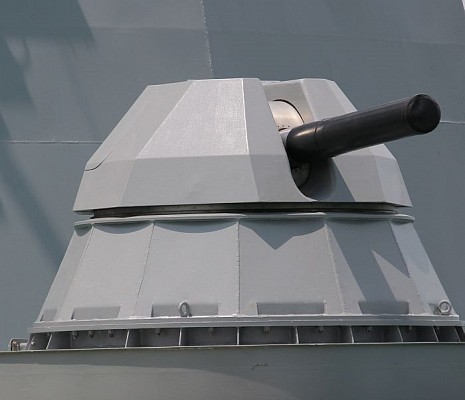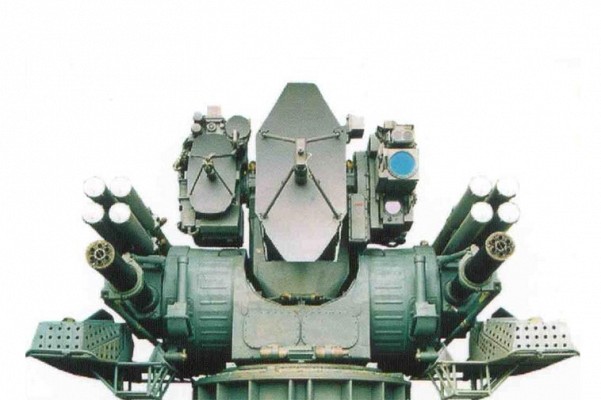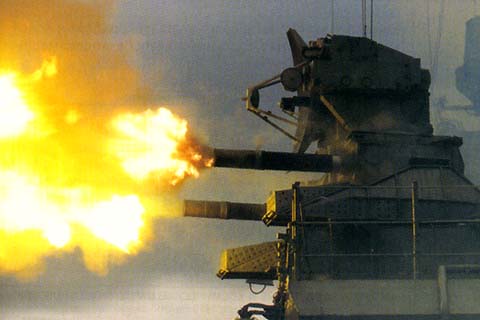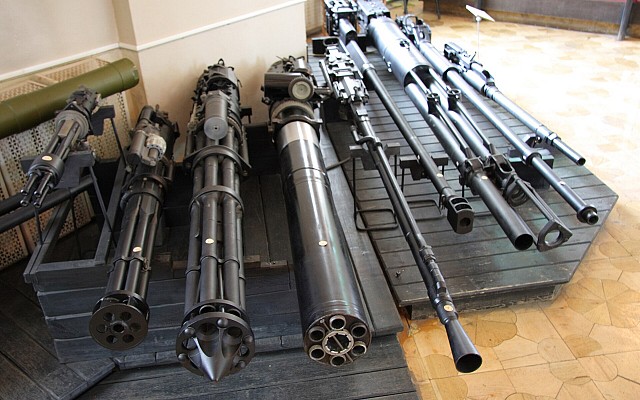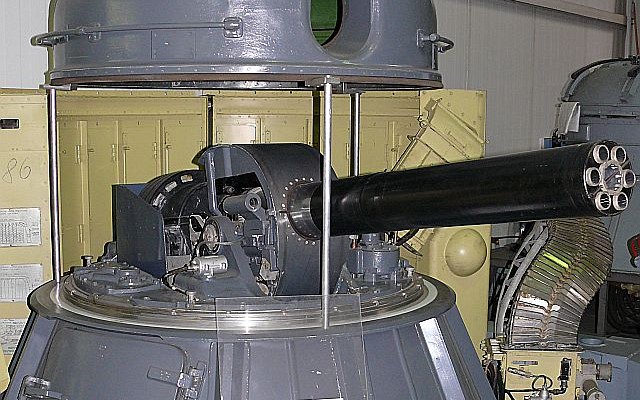30mm Gryazev-Shipunov GSh-6-30
AO-18 | ГШ-6-30
Overview
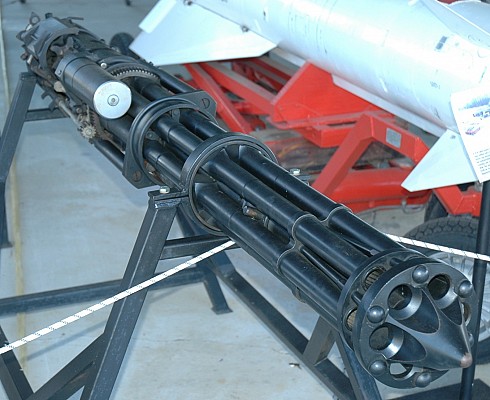
GSh-6-30
GSh-6-30 autocannon for aircraft use on a display stand. Note the shorter barrels and lack of a water cooling jacket.
Source: VargaA -
© CC BY-SA 4.0
1976 (AO-18 on AK-630)
1980 (AO-18L on AK-306)
1989 (AO-18K on Kortik)
1964 - 1966 (factory tests)
1969 - 1971 (state trials)
V.P. Gryazev, A.G. Shipunov
Russia - Tulamashzavod
TKB-635 (factory index for AO-18A)
6K30GSh
India
China
Description
Introduction
The GSh-6-30 is a Cold War era autocannon of Soviet origin. It was developed from the early 1960's to the early 1970's. In its original guise it was intended a naval weapon for the AK-630 close-in weapon system. During development an aircraft variant was developed in the same guise as the smaller caliber GSh-6-23 that was under development by the same engineers at the same type. The 30x165mm ammunition developed specifically for the GSh-6-30 has been adopted in many weapon systems and acts as a universal caliber for naval, land based and aviation service.
Design
The GSh-6-30 is a belt-fed gatling type weapon with six barrels. It is gas operated, unlike many American gatling-style autocannon. In its naval configuration a barrel jacket is fitted for water cooling of the barrel. This is required since in a naval mount it may have to engage a volley of incoming missiles in a short interval.
Firepower
The GSh-6-30 fires the 30x165mm round from a single continuous belt. Cyclic rate of fire is very high at 4.500 to 5.000 rpm. As a gas operated gun the spin up time is lower than externally powered guns used in the West. For aircraft maximum burst length is given as 150 rounds. For naval applications this is more due to the water cooling of the barrels.
Platforms
In naval service the GSh-6-30 have proven to be reliable and effective, although maintenance intensive. In its aircraft application on the MiG-27 it has proven to be less successful. Initially there were various reliability and accuracy issues, some related to the mount instead of the gun. In any case recoil is excessive for an airframe that is kept as light as possible. For this reason the GSh-2-30 was used in the Su-25, which is able to provide a similar number of 30x165mm rounds on target with a much lighter, more compact but still fast firing gun.
Users
The GSh-6-30 is used by many nations around the world, mostly since the AK-630 naval mount was offered on many vessels exported from the Soviet Union. Aviation use is limited since the user group of the MiG-27 is more limited.
Variants
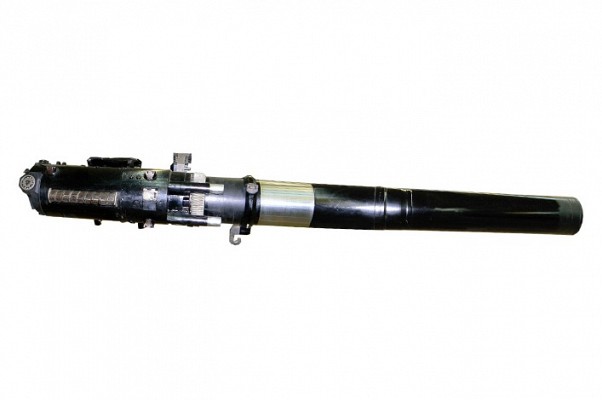
AO-18 / GSh-6-30K
Naval variant developed for the AK-630 remote controlled close-in weapon system. Features standard length barrels which are water cooled. First variant to be developed, but second to enter service in 1976. The 'K' suffix denotes "korabl", Russian for "naval".

AO-18A / GSh-6-30
Modified AO-18 for aircraft use in close air support role against ground targets. Size and weight are much reduced since barrels were made shorter and use of air cooling instead of a water jacket. Introduced in 1975 on the MiG-27. The 'A' suffix denotes "aviatsiya", Russian for "aviation".
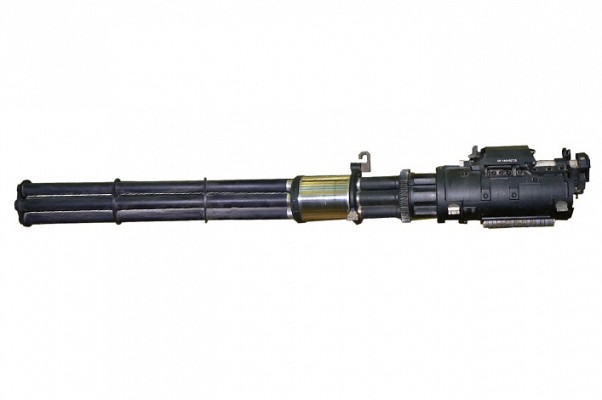
AO-18L / GSh-6-30L
Low rate of fire variant for naval use in AK-306 and various other self-defense and anti-surface mounts. A major design difference is that the AO-18L is electrically powered from an outside source. AO-18L lacks the water cooling and have a low and high rate of fire setting. The high rate of fire setting has 1.000 rpm as its upper threshold. First introduced in 1980.
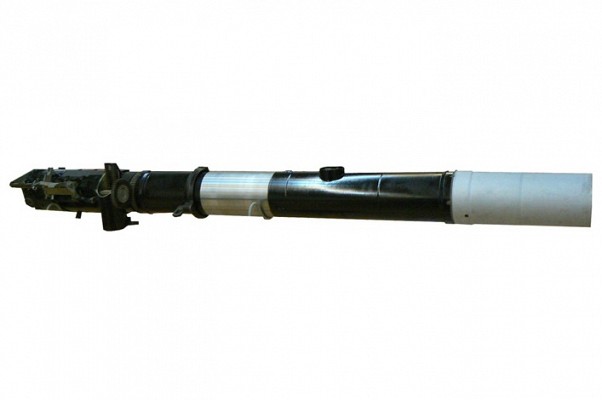
AO-18K
Variant of the AO-18 used in the Kortik (export: Kashtan) close-in weapon system. This has similar characteristics to the AO-18 but is fed from a linkless feed system instead of using belt feed. First introduced in 1989.
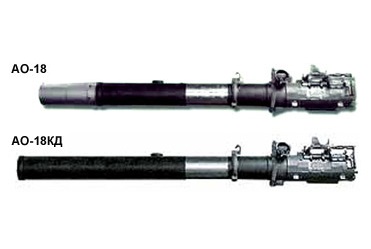
AO-18KD / GSh-6-30KD
Updated AO-18K with longer barrels for use in AK-630M2, Kashtan-M, Palash (export: Palma) and Pantsir-M close-in weapon systems. Developed somewhere in the 1990's.
Details
Application
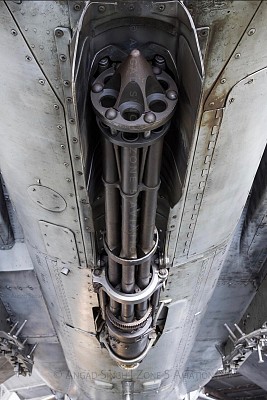
MiG-27
The MiG-27 was armed with a single GSh-6-30 autocannon for which 300 rounds were carried.
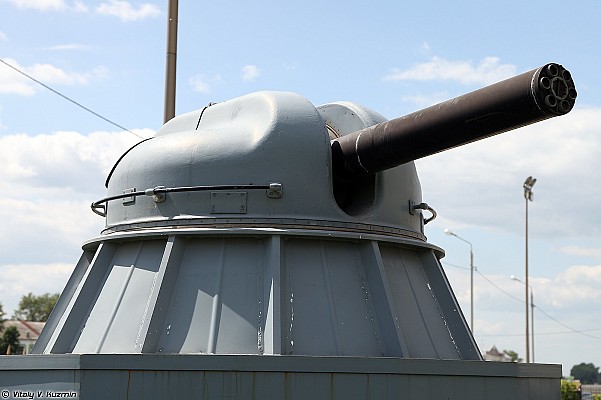
30mm AK-630 / AK-630M
Soviet close-in weapon system fitted with a single AO-18 fed from a single ammunition belt.
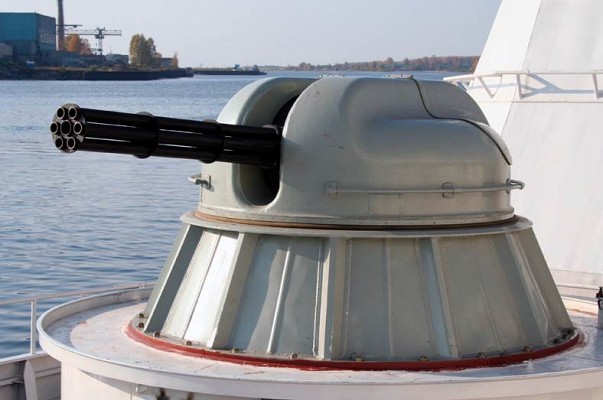
30mm AK-306
Soviet naval self-defense gun system derived from the AK-630 turret. Uses the electrically powered low rate of fire AO-18L.
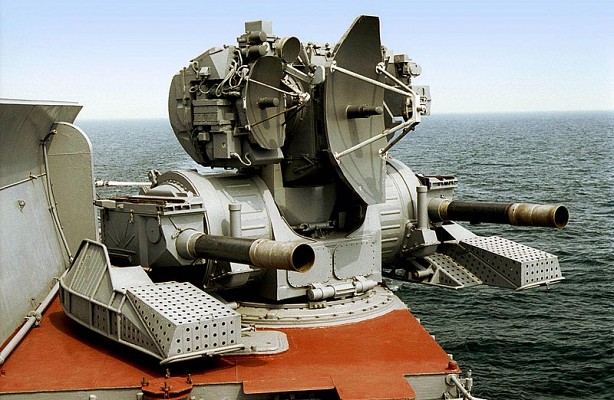
30mm Kortik / Kashtan
Soviet close in weapon system fitted with two AO-18K which are fed from a linkless feed system.
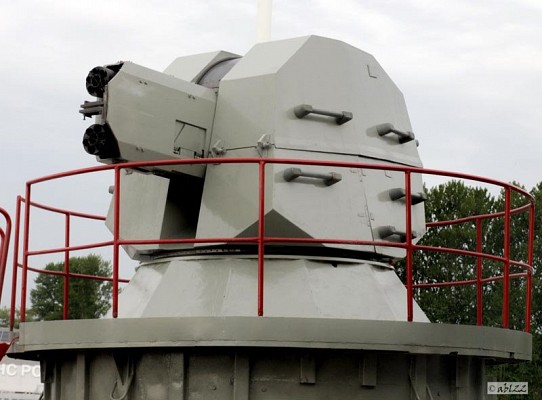
30mm AK-630M2
Russian close-in weapon system with under-over configuration of two AO-18 autocannon.
Media
Related articles
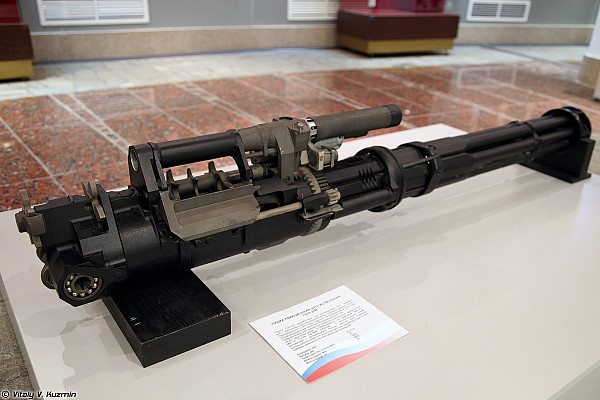
23mm Gryazev-Shipunov GSh-6-23
The smaller GSh-6-23 chambered in 23x115mm was developed at the same time as the GSh-6-30. Both designs have much in common, including reliability and mounting issues in aircraft.
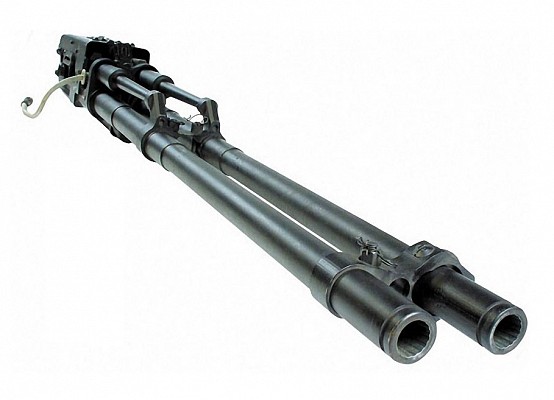
30mm Gryazev-Shipunov GSh-30-2
The twin barrel GSh-30-2 using the Gast operating principle was used on the Su-25. It has a similar practical effect on ground targets, while being lighter and more reliable.
